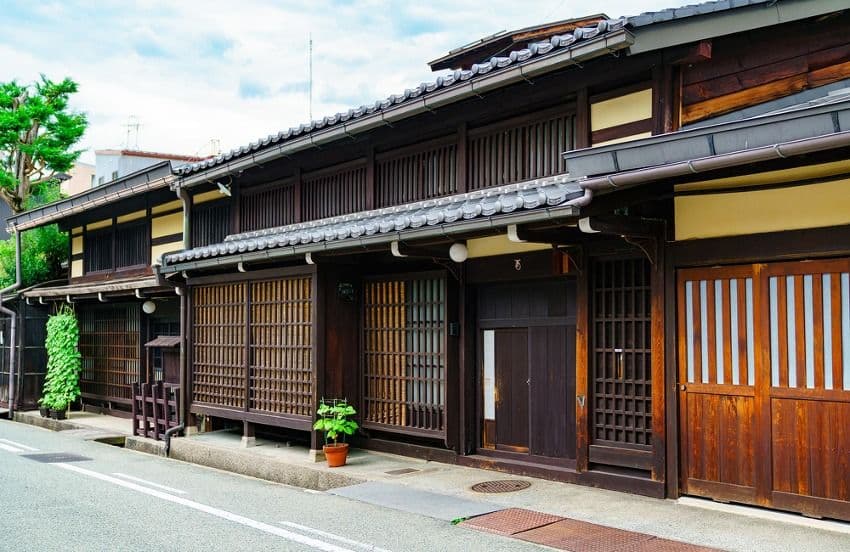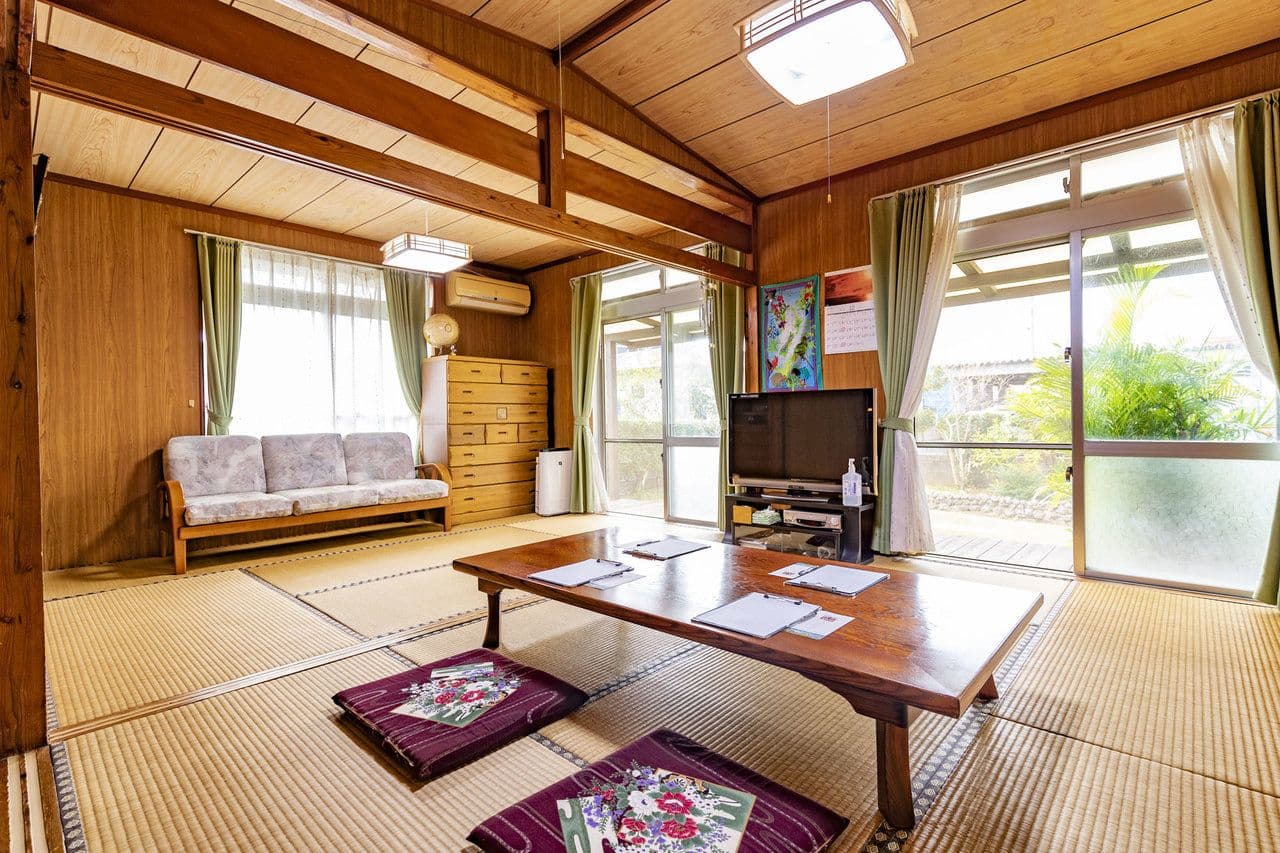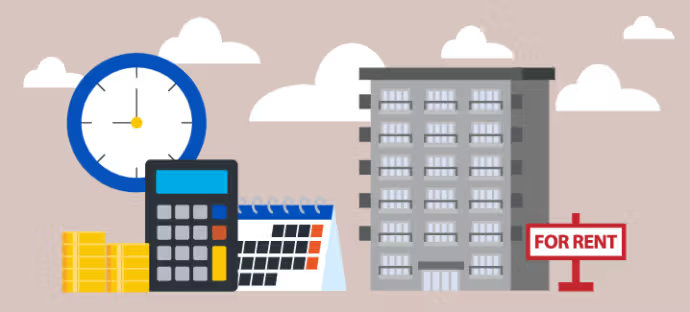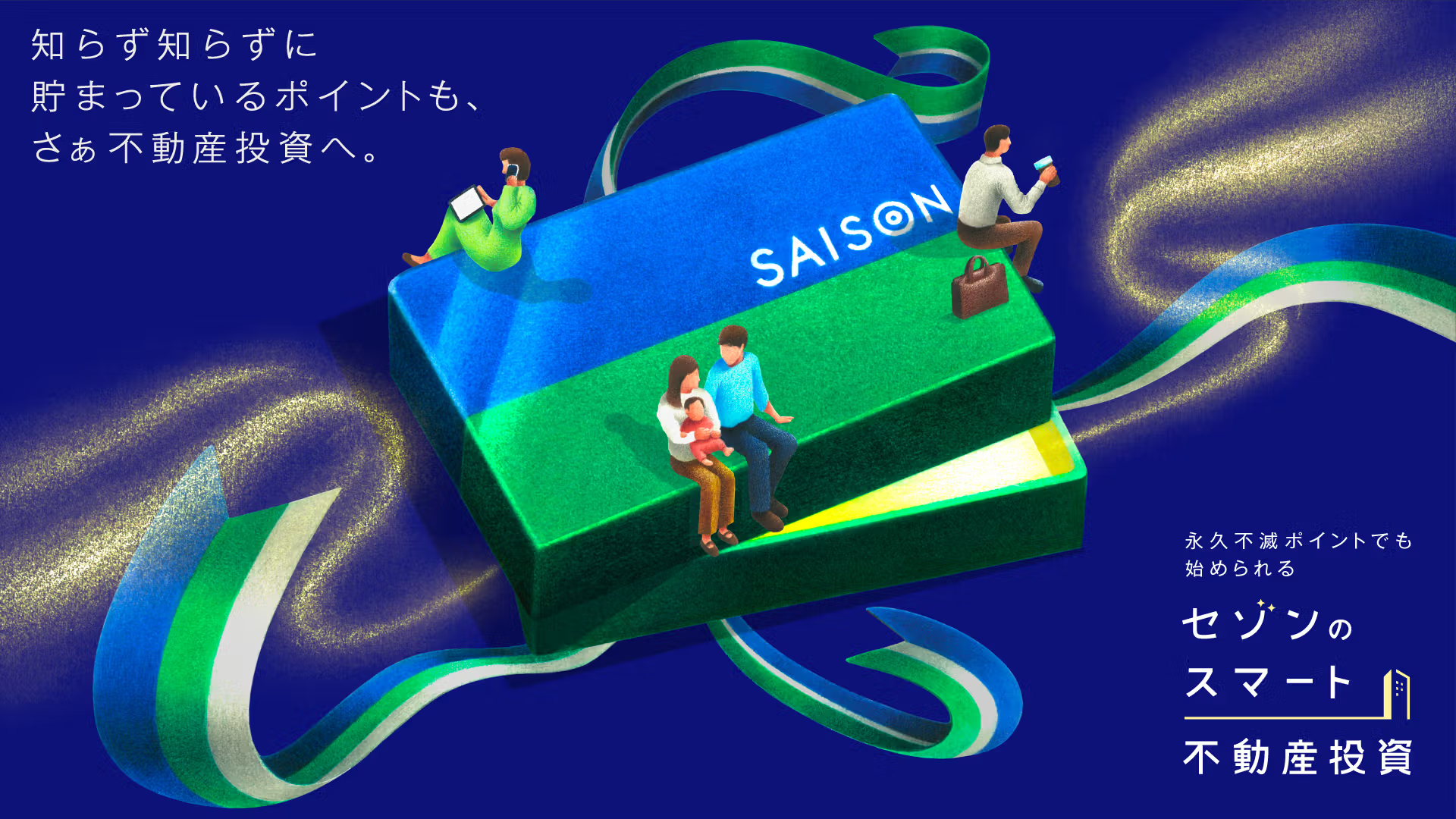Words: 949 | Estimated Reading Time: 5 minutes | Views: 2866
The Japanese government has set a goal of attracting 100 million foreign visitors annually by 2050. In 2024, the actual figure reached 36.86 million, and it’s projected to surpass 40 million in 2025. For vacation rental (minpaku) operators, despite ongoing criticism and regulatory scrutiny, these hard numbers show that minpaku remains well-positioned in the current travel landscape.
Whether you’re new to the industry or a seasoned operator, everyone is looking for ways to sharpen their competitive edge. Based on our own experiences and conversations with many minpaku owners, we’d like to share some practical tips to help improve your operations.
1. Precisely Identify Your Target Customer Segments
In Japan, the primary audiences for minpaku are foreign tourists and domestic travelers. Foreign visitors value cultural immersion, central locations, and unique design, while domestic guests often prioritize cost-effectiveness and convenient access to transit. Due to the weak yen and low domestic inflation, inbound tourism is on the rise. Simultaneously, domestic demand for minpaku is steadily growing.
Therefore, understanding your audience and tailoring the experience — from room setup to amenities and communication — is crucial to success.
2. Choose Operational Areas Strategically
Location plays a vital role in the success of any minpaku business. While major metropolitan areas like Tokyo and Osaka are high in demand, competition is also intense. For example, in Tokyo’s 23 wards, Shinjuku has over 3,000 registered residential minpaku units, while Shibuya has around 1,500.
Meanwhile, lesser-known districts often offer better supply-demand balance and easier entry. These “hidden gem” areas in Tokyo include:
Ota Ward: A designated Special Zone minpaku area with no 180-day limit, ideal for short-term international travelers. Close to Haneda Airport, with reasonable land prices and suitable for multi-unit investment.
Itabashi / Arakawa Wards: Well-connected yet underdeveloped in tourism, offering lower property costs and better ROI for mid- to long-term rentals.
Sumida / Koto Wards: Near popular spots like Asakusa and Skytree, but less competitive than Taito or Shinjuku. Some areas also qualify for simplified lodging permits allowing year-round operations.
Also, understand the differences in legal frameworks: regular residential minpaku is limited to 180 days per year, while Special Zone minpaku (e.g., in Ota) has no limit but typically requires a minimum stay of two nights and three days.
3. Smart Ways to Acquire Quality Properties
There are several ways to secure quality listings. Collaborating with experienced real estate agents can help identify properties that comply with regulations and fit your needs. Building relationships with landlords can open up sublease opportunities. Networking with peers at minpaku salons may also lead to off-market leads.
M&A Platforms
Another increasingly popular option is acquiring existing, fully furnished minpaku operations via business M&A platforms. This reduces upfront setup costs and accelerates ROI. In Tokyo, subleased properties are in high demand and pricey, while regional tourist areas offer better availability and lower costs.
Recommended platforms include:
TRANBI: Japan’s largest SME M&A platform, often listing lodging properties. https://www.tranbi.com
batonz: Connects local businesses with tourism operators, with consulting support. https://batonz.jp
Jigyoshoukei Center: Supported by the Ministry of Land, Infrastructure and Transport, with a lodging-specific section. https://jigyoshoukei.co.jp
Funai M&A: A large-scale B2B M&A broker that occasionally lists minpaku and ryokan properties. https://ma.funaisoken.co.jp
4. Flexible Pricing Strategies
Pricing should be dynamic and responsive to multiple factors. On average, minpaku units in Tokyo rent for around 1.2x more than standard long-term rentals, and in premium areas, this can reach 2x.
Key pricing factors to consider:
Seasonal trends and holiday peaks
Local events and tourism seasonality
Room size, design, amenities, and location
Platforms like Airbnb offer built-in pricing tools. By integrating a Property Management System (PMS), operators can automate price adjustments based on real-time market data and occupancy trends.
Choosing the Right PMS in Japan
A good PMS is essential for managing multiple properties, syncing with OTA platforms, automating pricing, and coordinating cleaning schedules. Popular options in Japan include:
Beds24: A European platform with wide adoption in Japan. Offers API access, full OTA integration, and customizable rules. Best for tech-savvy operators, though the UI may feel complex.
AirHost: A Japan-based PMS with multi-language support and excellent compliance features (e.g., guest registry, reporting). It also offers CRM tools, cleaning automation, and smart lock integration. Ideal for mid-sized teams.
Tateru BNB PMS: Developed by a former minpaku startup, this PMS is compliance-focused, offering templates for regulatory filings. Especially useful for Special Zone and simplified lodging models.
Hosty: Prioritizes UX and mobile-friendliness, great for individual operators managing via smartphone. It handles pricing, calendar sync, and automated guest messaging, though it lacks the extensibility of Beds24.
5. Prioritize Guest Experience and Reputation
Guest satisfaction is the cornerstone of minpaku success. From the moment a guest books, ensure prompt, informative, and thoughtful communication.
🛎️ Pre-Arrival
Automated messaging: Send welcome messages, check-in info, and access maps immediately after booking (integrate with PMS).
Multilingual support: Provide Japanese, English, and Chinese guides and chatbot responses.
Reminders: Send check-in reminders and smart lock codes one day before arrival.
🧼 During Stay
Cleanliness: Establish SOPs (e.g., Airbnb 5-star standard) with deep cleaning and fully stocked essentials.
Amenities: High-quality towels (2 per person per day), toiletries, mini-fridge, slippers.
Hospitality touches: Bottled water or tea packets, local snacks, Wi-Fi guide with illustrations.
🌟 Added Value
Local guide: Create a custom map or QR code with sightseeing, dining, and convenience store suggestions.
Welcome gifts: Personalized welcome cards or small treats create lasting impressions.
Customer profiling: Tailor messages and recommendations for family, couples, or business travelers.
By implementing these tips, your minpaku business will be well-positioned to thrive — delivering memorable stays for guests and sustainable returns for you.
Copyright: This article is original content by the author. Please do not reproduce, copy, or quote without permission. For usage requests, please contact the author or this site.





